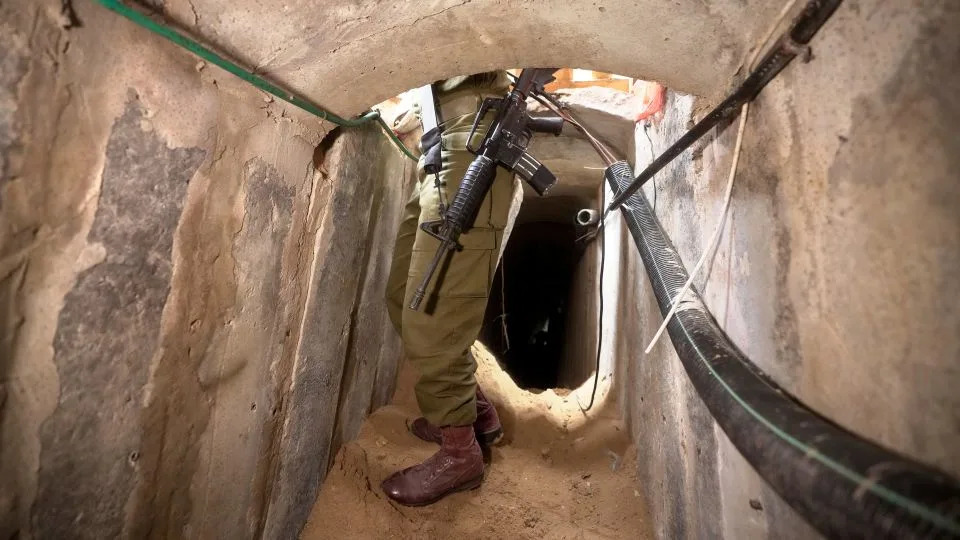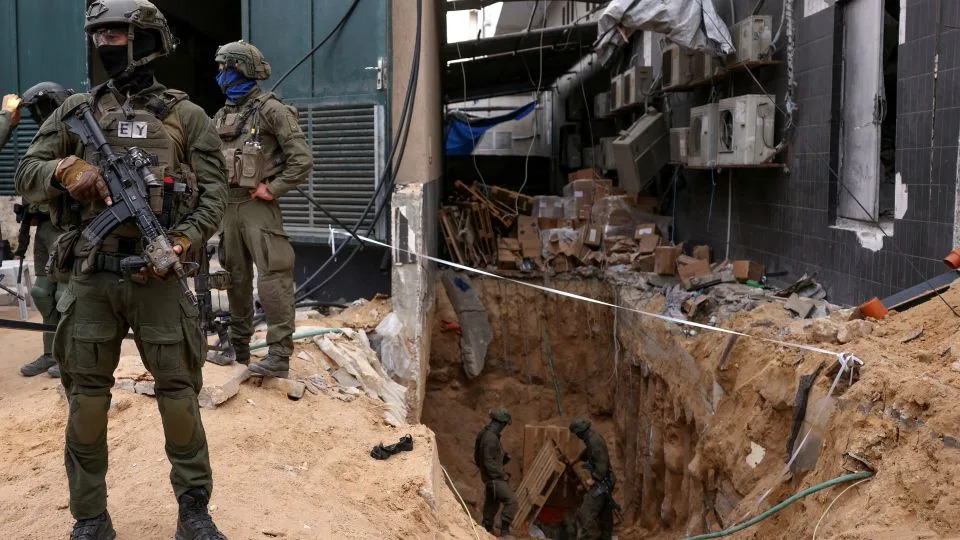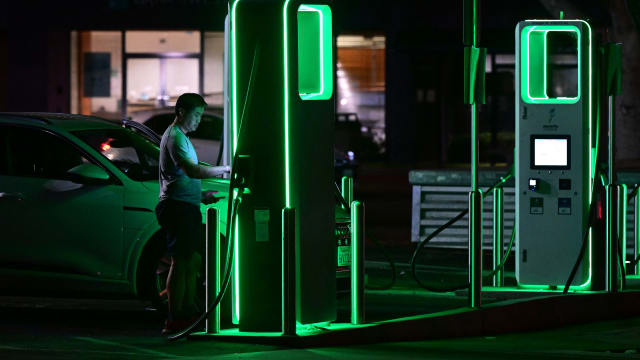Protesters demonstrated at Yorkdale Shopping Centre in Toronto and Bayshore Shopping Centre in Ottawa on Friday.
Chris Stoodley
·Lifestyle and News Editor
Sat, December 16, 2023
Canadians protested at some Zara locations, including at least two in Ontario, joining recent pro-Palestinian demonstrations at the fashion chain's other locations in the world.
Videos on social media have circulated of demonstrators arriving at Zara storefronts at both Toronto's Yorkdale Shopping Centre and Ottawa's Bayshore Shopping Centre on Friday evening.
Protesters held Palestinian flags and signs demanding the end of the siege on Gaza at the Ottawa location, as they chanted "free, free Palestine." In Toronto, demonstrators brought numerous white bundles and fliers showing what resembled bloody handprints.
The demonstrations follow protests in other parts of the world against the Spanish fashion giant, including one protest that forced a location in Glasgow, Scotland to close on Wednesday followed by another demonstration on Saturday at the same location where three people were arrested. Other protests were reportedly seen in Istanbul, Turkey, as well as Hannover, Germany and Melbourne, Australia, according to Hyperallergic.
The protests come after Zara faced criticism for a recent ad campaign, called "The Jacket," which many people said resembled photos of corpses in white shrouds in Gaza. The campaign, which Zara said was conceived in July and photographed in September, before the Israel-Hamas war erupted in October, featured statues wrapped in white. It also showcased mannequin with missing limbs.
"Unfortunately, some customers felt offended by these images, which have now been removed, and saw in them something far from what was intended when they were created," Zara shared in a statement on Instagram, noting it "regrets that misunderstanding."
Following the backlash, Zara pulled the campaign, where images from the campaign had been pulled from retailer's website and social media channels by Tuesday morning.
On Zara's Instagram post with its statement, users demanded people boycott the brand, with many people saying the brand should've shared a longer apology.
"This apology is giving 'I'm sorry you felt this way' vibes," one person wrote.
"That's it? Really? LOL, bye bye, Zara, forever," another added.
"Cancelled. Period," someone chimed in.
"The problem is, Zara, you really don't understand — we will not be back. Like ever," one person commented.
































